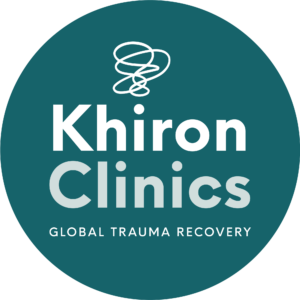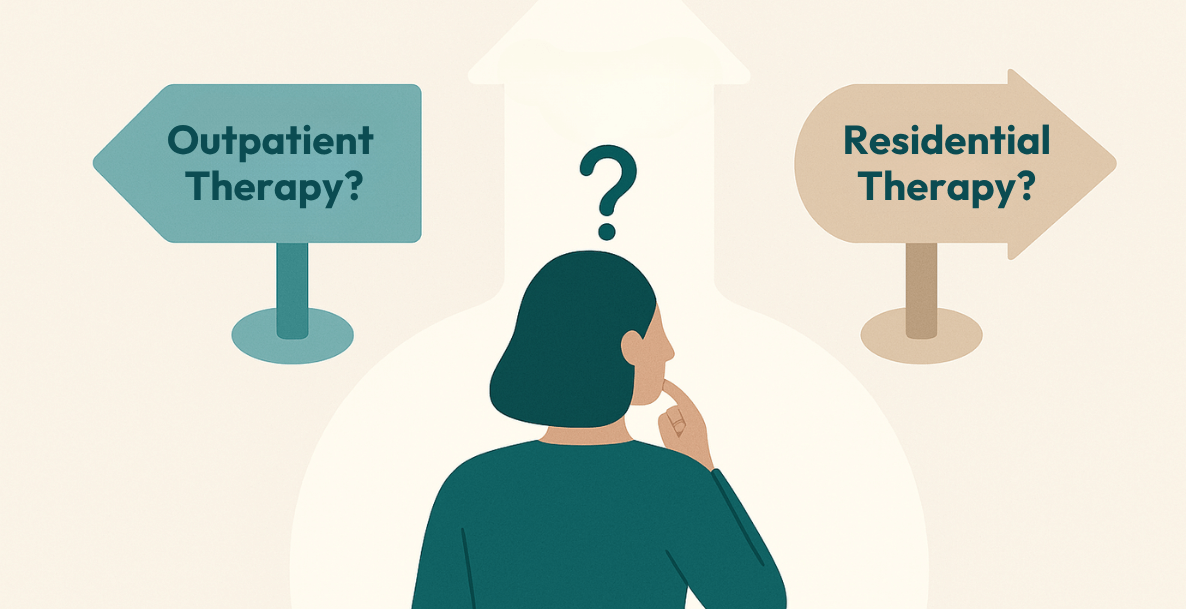Understanding the Emotion Disgust
Disgust is an emotion that generally receives less attention than the other five emotions outlined in Ekman’s Basic Emotions, which are fear, anger, sadness, disgust, happiness, and surprise. The emotion disgust has played an important role in survival as a species. It is related to psychological scientist Mark Schaller’s ‘behavioural immune system’, which refers to the psychological mechanisms that serve to detect the presence of disease-causing parasites in the environment and motivate us to avoid contact with the source.
But disgust isn’t exclusively related to the detection and aversion to pathogens. This type of disgust is known as pathogen disgust, one of three types of disgust outlined by Tybur et al. in Microbes, Mating, and Morality: Individual Differences in Three Functional Domains of Disgust .[1] The other two types are sexual disgust and moral disgust. While pathogen disgust ‘motivates the avoidance of infectious microorganisms’, sexual disgust ‘motivates the avoidance of sexual partners and behaviours that would jeopardize one’s long-term reproductive success’, and moral disgust ‘motivates the avoidance of social norm violators.’[2]
Overall, we can say that the emotion disgust has an adaptive function. Pathogen disgust serves our health and survival, sexual disgust causes aversion to ‘biologically costly mates’[3], and moral disgust causes aversion to individuals who violate social norms. The violation of social norms threatens feelings of safety in social groups, compromising group cohesion. Dr. Stephen Porges’ system of social engagement[4] explores how social engagement is at the top of the ladder in our approach and response to the threat, above vigilance, fight/flight, and freeze. Through social engagement we create connections and bonds with others, securing our place in the tribe. This means that even if we are not the fastest or ther strongest, we can rely on others for protection. Moral disgust towards those who violate social norms, like committing acts of theft, murder, or rape, serves to exclude that individual from the group and decrease the likelihood of other group members being affected.

Download the Brochure
Discover Our Innovative Trauma Recovery Pathway
The Physiology of the Emotion Disgust
The part of the brain involved in processing feelings of disgust is the insula.[5] It is activated when we experience tastes and smells that are unpleasant, and when we recognise disgust expressed by others.
Disgust has a significant influence over our expression and behaviour. Pathogen disgust results in specific facial expressions, such as a closing of the nostrils, a raised upper lip, and a wrinkling of the nose. The lower lip may also hang, accompanied by a protruding tongue, similar to the gag reflex. In the body, disgust is characterised by feelings of nausea, but unlike fear and anger, does not cause physical arousal, like an increased heart rate.[6]
Sexual and moral disgust differ from pathogen disgust in terms of physiology. The behaviour associated with these two domains of disgust are general avoidance of the source. This is more to do with moral disgust, however, as sexual disgust causes aversion specifically in a sexual context.
Managing Disgust
Disgust is often an appropriate reaction to a stimulus that we should best avoid. It is often contextual and subjective, but places limits on our behaviour and what we will engage with. A feeling of disgust towards bugs, for example, will prevent a person from enjoying gardening. A feeling of disgust towards germs may cause an individual to avoid physical contact with others. Disgust is natural, but becomes problematic when it interferes with one’s ability to lead a normal life. Approaches to reducing the power of disgust and relieving psychophysical symptoms come in the form of Cognitive Behavioural Therapy and Exposure Therapy. These methods of managing disgust address underlying conditions like anxiety disorders and obsessive-compulsive disorders.[7]
Disgust towards oneself is a complex feeling that is made up of deeper, unresolved issues. It differs from other forms of disgust in that it is not external objects or people that are avoided, but inner feelings of shame and disappointment. Most often, an individual who is disgusted with themselves feels this way due to an image or concept that was projected onto the individual by someone else. This may feel like disgust, but it is in fact an accumulation of unresolved issues that need to be addressed if the individual is to be relieved of the feeling.
Feelings of disgust that are evoked in response to one’s condition, like anxiety or OCD, can be managed through psychoeducation, CBT, and exposure therapy. These methods of alleviating feelings of disgust work by reducing the power or novelty of disgust in the first place.
Furthermore, disgust, like all emotions, can be addressed and managed, at least partially, through the use of deep breathing and mindfulness techniques. These techniques develop one’s capacity to stay present and manage their reactions, which over time become mature responses.
Explore Our Treatment Options
Find Out What Makes Us Different
The staff at our globally recognised mental health clinic have been informed, trained and supervised by some of the world’s leading trauma experts such as Dr Bessel van der Kolk, Dr Janina Fisher, Dr Stephen Porges, Dr Dick Schwartz and more.
Get in touch
If you have a client, or know of someone who is struggling with emotions and how to manage them, or equally can’t find the right help for any form of mental health issue, reach out to us at Khiron Clinics. We believe that we can improve therapeutic outcomes and avoid misdiagnosis by providing an effective residential program and out-patient therapies addressing underlying psychological trauma. Allow us to help you find the path to realistic, long lasting recovery. For information, call us today. UK: 020 3811 2575 (24 hours). USA: (866) 801 6184 (24 hours)
Sources:
[1] Tybur, J., Lieberman, D. and Griskevicius, V., 2009. Microbes, mating, and morality: Individual differences in three functional domains of disgust. Journal of Personality and Social Psychology, [online] 97(1), pp.103-122. Available at: <http://assets.csom.umn.edu/assets/137596.pdf> [Accessed 25 April 2020].
[2] Tybur, J., Lieberman, D. and Griskevicius, V., 2009. Microbes, mating, and morality: Individual differences in three functional domains of disgust. Journal of Personality and Social Psychology, [online] 97(1), pp.103-122. Available at: <http://assets.csom.umn.edu/assets/137596.pdf> [Accessed 25 April 2020].
[3] Tybur, J., Lieberman, D. and Griskevicius, V., 2009. Microbes, mating, and morality: Individual differences in three functional domains of disgust. Journal of Personality and Social Psychology, [online] 97(1), pp.103-122. Available at: <http://assets.csom.umn.edu/assets/137596.pdf> [Accessed 25 April 2020].
[4] Porges, S., 2011. The Polyvagal Theory. New York: W.W. Norton.
[5] Wicker, B., Keysers, C., Plailly, J., Royet, J., Gallese, V. and Rizzolatti, G., 2003. Both of Us Disgusted in My Insula. Neuron, 40(3), pp.655-664.
[6] Psychology. n.d. Disgust – Iresearchnet. [online] Available at: <http://psychology.iresearchnet.com/social-psychology/emotions/disgust/> [Accessed 25 April 2020].
[7] Taboas, W., Ojserkis, R. and McKay, D., 2015. Change in disgust reactions following cognitive-behavioral therapy for childhood anxiety disorders. International Journal of Clinical and Health Psychology, [online] 15(1), pp.1-7. Available at: <https://www.elsevier.es/en-revista-international-journal-clinical-health-psychology-355-articulo-change-in-disgust-reactions-following-S1697260014000295> [Accessed 25 April 2020].





